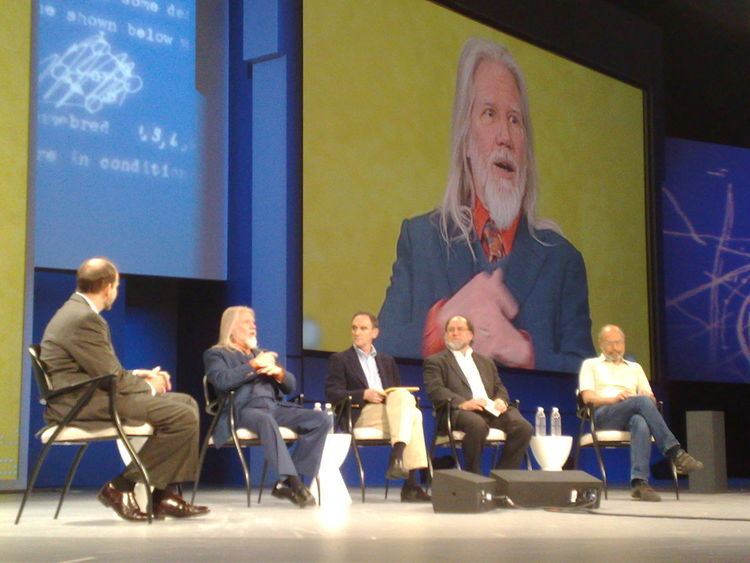 | ||
List of cryptographers.
Contents
Pre twentieth century
World War I and World War II wartime cryptographers
Other pre-computer
Modern
See also: Category:Modern cryptographers for an exhaustive list.
Symmetric-key algorithm inventors
Asymmetric-key algorithm inventors
Cryptanalysts
Algorithmic number theorists
Theoreticians
Government cryptographers
Cryptographer businesspeople
References
List of cryptographers Wikipedia(Text) CC BY-SA
